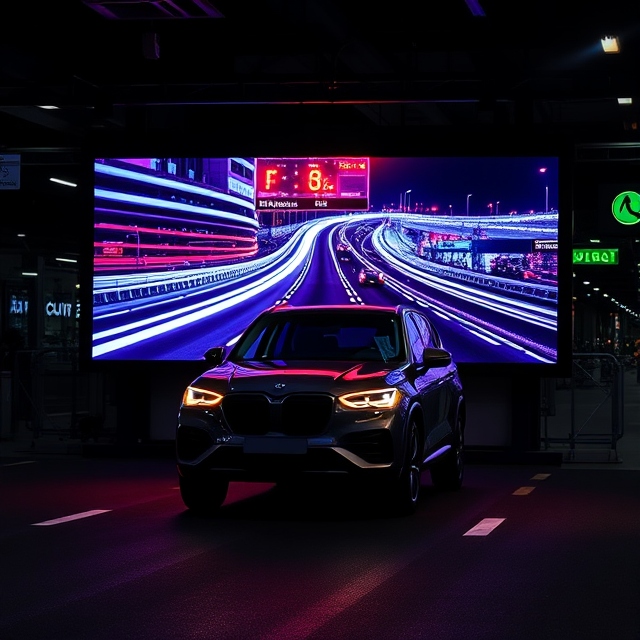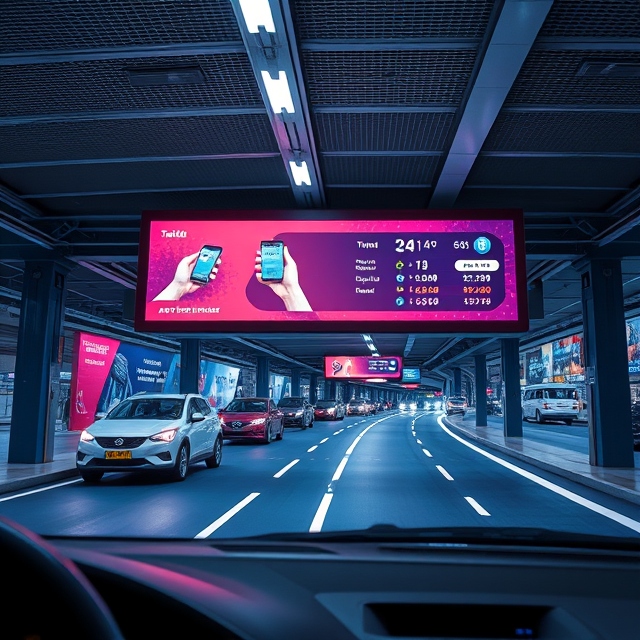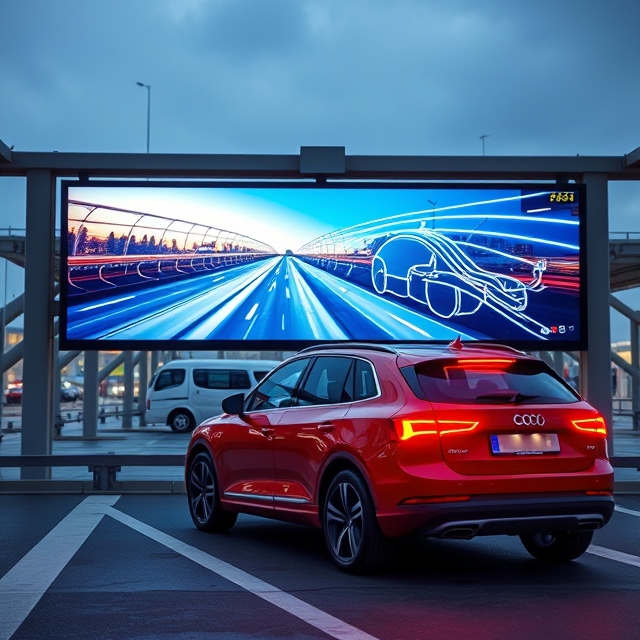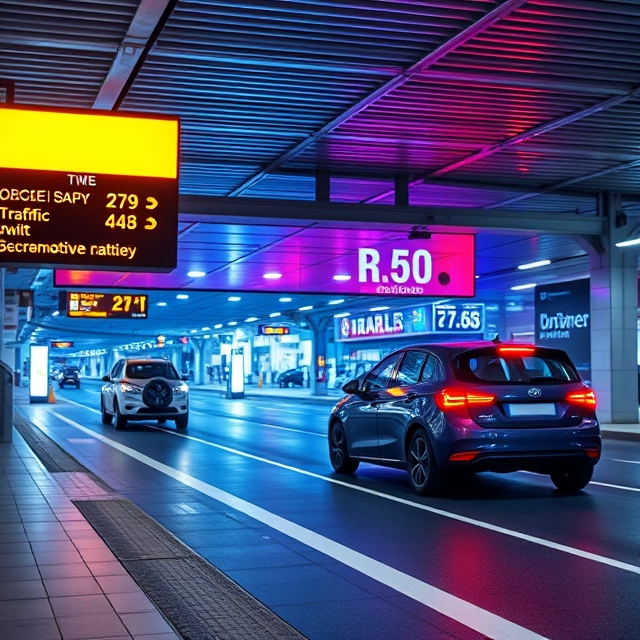- Home
- About Us
- Industries
- Agritech & Smart Farming
- Aquariums & Zoos
- Art & Cultural Exhibitions
- Automotive & Transportation
- Broadcasting & News
- Construction & Real Estate
- Corporate & Offices
- Cultural Heritage & Preservation
- Cybersecurity Operations
- Digital Content Creation & Media
- E-commerce & Online Retail
- Education
- Energy & Utilities
- Entertainment & Media
- Entertainment Arcades & Amusement
- Environmental Monitoring
- Event Management & Conferences
- Fashion & Apparel Retail
- Fashion Retail & E-commerce
- Finance & Banking
- Financial Trading & Stock Exchanges
- Fitness & Wellness
- Food & Beverage
- Food Processing & Manufacturing
- Gaming, Casinos, & Hospitality
- Government & Public Spaces
- Healthcare
- Hospitality & Event Venues
- Insurance
- Legal & Judicial
- Libraries & Community Centers
- Logistics & Supply Chain
- Luxury Cruise & Maritime
- Manufacturing & Industrial
- Meteorology & Climate Research
- Military & Defense
- Mining & Extraction
- Museums & Cultural Centers
- Non-Profit Organizations
- Oil & Gas Industry
- Professional Training & Development
- Public Health & Awareness
- Public Parks & Recreation Areas
- Public Safety & Law Enforcement
- Public Transportation
- Rehabilitation Centers
- Religious & Worship Spaces
- Renewable Energy
- Retail & Shopping Malls
- Retail Banking
- Security & Surveillance
- Social Media & Digital Marketing
- Sports & Stadiums
- Smart Cities & Urban Planning
- Supply Chain & Inventory
- Television & Film Production
- Travel & Hospitality
- FAQ
- Contact Us
- Home
- About Us
- Industries
- Agritech & Smart Farming
- Aquariums & Zoos
- Art & Cultural Exhibitions
- Automotive & Transportation
- Broadcasting & News
- Construction & Real Estate
- Corporate & Offices
- Cultural Heritage & Preservation
- Cybersecurity Operations
- Digital Content Creation & Media
- E-commerce & Online Retail
- Education
- Energy & Utilities
- Entertainment & Media
- Entertainment Arcades & Amusement
- Environmental Monitoring
- Event Management & Conferences
- Fashion & Apparel Retail
- Fashion Retail & E-commerce
- Finance & Banking
- Financial Trading & Stock Exchanges
- Fitness & Wellness
- Food & Beverage
- Food Processing & Manufacturing
- Gaming, Casinos, & Hospitality
- Government & Public Spaces
- Healthcare
- Hospitality & Event Venues
- Insurance
- Legal & Judicial
- Libraries & Community Centers
- Logistics & Supply Chain
- Luxury Cruise & Maritime
- Manufacturing & Industrial
- Meteorology & Climate Research
- Military & Defense
- Mining & Extraction
- Museums & Cultural Centers
- Non-Profit Organizations
- Oil & Gas Industry
- Professional Training & Development
- Public Health & Awareness
- Public Parks & Recreation Areas
- Public Safety & Law Enforcement
- Public Transportation
- Rehabilitation Centers
- Religious & Worship Spaces
- Renewable Energy
- Retail & Shopping Malls
- Retail Banking
- Security & Surveillance
- Social Media & Digital Marketing
- Sports & Stadiums
- Smart Cities & Urban Planning
- Supply Chain & Inventory
- Television & Film Production
- Travel & Hospitality
- FAQ
- Contact Us

Automotive & Transportation
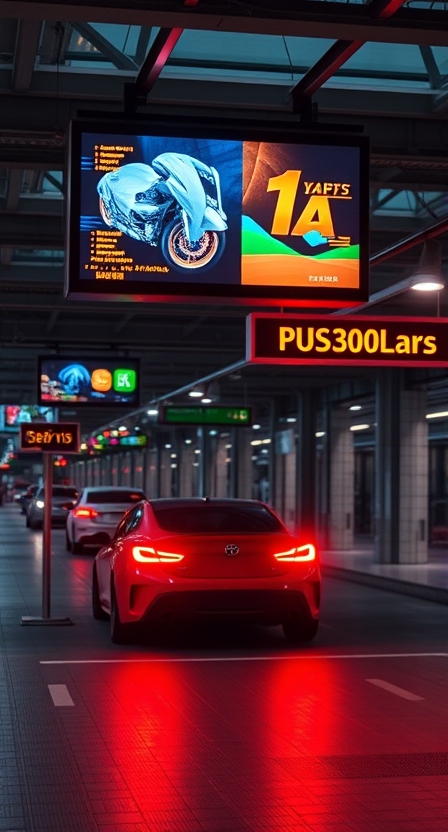
Uses Of Led Display For Automotive & Transportation
In the automotive and transportation industries, active LED displays are revolutionizing how companies engage with customers, communicate important information, and ensure safety. From vehicles and traffic management systems to airports and transportation hubs, LED displays offer versatile and dynamic solutions that improve visibility, interactivity, and operational efficiency.
Benefits of Active LED Displays in Automotive and Transportation
- High Visibility and Clarity:
LED displays provide bright, sharp visuals that are easily visible in various lighting conditions, making them ideal for outdoor applications, such as vehicle displays, road signage, and transportation stations. - Real-Time Updates:
LED screens can be updated instantly, making them perfect for showing real-time data such as traffic information, flight schedules, or vehicle performance metrics. - Interactive Capabilities:
Interactive LED displays allow customers to engage with content, explore vehicle features, or navigate transportation systems, offering a more personalized experience. - Durability and Reliability:
LED displays are highly durable and resistant to weather, wear, and tear, which is essential in both outdoor and high-traffic environments, such as roads and transportation hubs. - Energy Efficiency:
LED technology consumes less power, making it a cost-effective and environmentally friendly option for industries with large-scale display needs.
Applications in Automotive and Transportation
- Vehicle Displays
Purpose: Enhance customer engagement, vehicle communication, and safety with dynamic vehicle-based LED displays.
Content Ideas:
- Exterior LED Displays: Advertise brand messages, promotions, or directions for public transport vehicles. For example, buses, taxis, and ride-sharing vehicles can display route information or promotions.
- Interior Displays: Provide passengers with real-time travel information, such as route progress, upcoming stops, and alerts.
- Vehicle Performance Displays: Show live data on vehicle health, speed, fuel efficiency, or maintenance schedules for fleet management.
- Road and Traffic Management Systems
Purpose: Improve road safety, inform drivers, and reduce congestion through intelligent traffic management solutions.
Content Ideas:
- Variable Message Signs (VMS): Display traffic alerts, road conditions, speed limits, and detours to guide drivers safely.
- Dynamic Road Pricing: Inform drivers of toll fees and alternative routes in real time, optimizing traffic flow and reducing congestion.
- Safety Alerts: Warn drivers of accidents, hazards, or weather-related conditions ahead, improving safety on highways and busy roads.
- Digital Signage in Airports and Train Stations
Purpose: Guide travelers through busy transportation hubs, improving the customer experience and operational efficiency.
Content Ideas:
- Flight and Train Information: Display real-time updates on arrivals, departures, delays, and gate assignments in high-traffic areas.
- Wayfinding: Provide interactive maps and directions to help travelers navigate through terminals, platforms, or complex facilities.
- Emergency and Safety Information: Display safety protocols, evacuation routes, and emergency announcements during critical situations.
- In-Store and Showroom Displays (Automotive Dealerships)
Purpose: Create an immersive shopping experience by showcasing vehicle features and promotional content.
Content Ideas:
- Interactive Touchscreens: Allow customers to explore vehicle specifications, compare models, or customize their vehicle preferences in real-time.
- Vehicle Feature Highlights: Display dynamic content such as 360-degree views of vehicles, video demos, and in-depth product details on LED screens in showrooms.
- Promotional Campaigns: Advertise special offers, new releases, and seasonal promotions to increase customer engagement and sales.
- Bus and Subway Systems
Purpose: Provide passengers with essential travel information and enhance the overall commuting experience.
Content Ideas:
- Route Information: Display current bus or subway routes, upcoming stops, and real-time updates on service status.
- Advertising: Use digital screens inside stations or vehicles to run ads for local businesses, entertainment, or city events.
- Passenger Alerts: Display important announcements, such as delays, safety instructions, or service changes, directly to commuters.
- Autonomous Vehicle Displays
Purpose: Facilitate communication with passengers and pedestrians, ensuring safe and informed autonomous vehicle operations.
Content Ideas:
- Vehicle Status Indicators: Display messages like “Coming Soon,” “Waiting for Passengers,” or “Out of Service” to communicate the vehicle’s status.
- Interactive Screens for Passengers: Provide entertainment, trip information, or options for customizing the ride experience for passengers in autonomous vehicles.
- Pedestrian Communication: Use LED screens to show signals or messages to pedestrians and other road users to ensure safe interaction with autonomous vehicles.
- Parking and Charging Stations
Purpose: Improve the user experience at parking facilities and electric vehicle (EV) charging stations.
Content Ideas:
- Availability Updates: Display real-time information on available parking spaces or charging stations to help drivers easily find a spot.
- Payment and Access Information: Use LED screens to guide drivers through payment processes, membership sign-ins, or ticketing systems.
- Charging Status for EVs: Show charging progress, estimated time to completion, and available charging options at electric vehicle stations.
- Customer Information Systems in Railways
Purpose: Ensure seamless communication between rail companies and passengers, improving travel efficiency.
Content Ideas:
- Train Schedules and Timetables: Display real-time train arrivals, departures, delays, and platform numbers for travelers.
- Ticketing Information: Provide passengers with updates on ticket prices, booking services, and station facilities through interactive screens.
- Safety and Emergency Alerts: Display safety guidelines, emergency exits, or evacuation information in case of delays or incidents.
Features
- List Item
- List Item
- List Item
- List Item
Advantages
- List Item
- List Item
- List Item
- List Item

Placement Tips for Automotive and Transportation
- Vehicle Exteriors and Interiors:
Install LED displays on vehicle exteriors (e.g., buses, taxis, or transport trucks) to convey route or promotional information, while interior displays can enhance passenger engagement with real-time travel data. - Public Transport Stations:
Position LED displays in bus and train stations to offer travelers up-to-date schedules, platform numbers, and important announcements. - Highways and Roads:
Install variable message signs (VMS) along highways, toll booths, and major traffic points to relay essential information like speed limits, hazards, and detours. - Dealerships and Showrooms:
Use high-quality LED screens in automotive showrooms to provide product demos, customer testimonials, and detailed vehicle information, helping customers make informed purchasing decisions. - Airports and Transportation Hubs:
Place LED displays at strategic locations such as terminals, concourses, and baggage claim areas to provide flight details, directions, and other essential information.
Conclusion
Active LED displays have significant potential in the automotive and transportation industries, enhancing communication, improving safety, and providing a dynamic customer experience. Whether it’s helping drivers navigate roads, informing passengers at airports, or engaging customers in vehicle showrooms, LED displays provide versatile, real-time solutions that support efficiency and convenience. By incorporating these displays into various aspects of transportation, companies can streamline operations, improve user experience, and create innovative marketing and communication strategies.
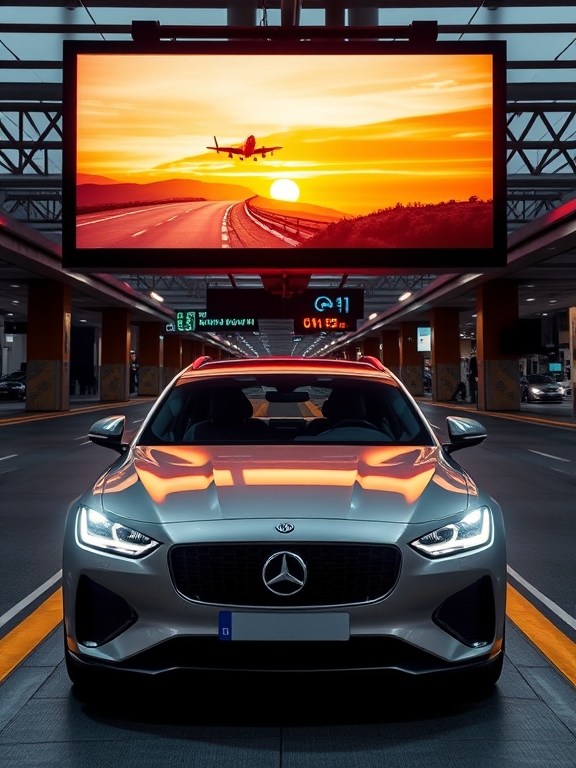
illuminits LED Walls?
Technology
There are three primary LED video wall technologies: ultra-narrow bezel LCD, rear-projection cubes, and direct-view LED displays. Ultra-narrow bezel LCD is the most cost-effective option.
Size
The great thing about illuminits video walls is that they are modular, so you can get them in any size or aspect ratio you want.
Support
The heavier the video wall system becomes, the more panels there are. This puts additional strain on the infrastructure that supports it. illuinits offers the best in-time assistance.
Service
Even high-definition video walls can have problems. This can be a minor or major issue. As a result, Aero provides a variety of comprehensive service packages that ensure minimal downtime at a low cost. Types Of LED Displays
